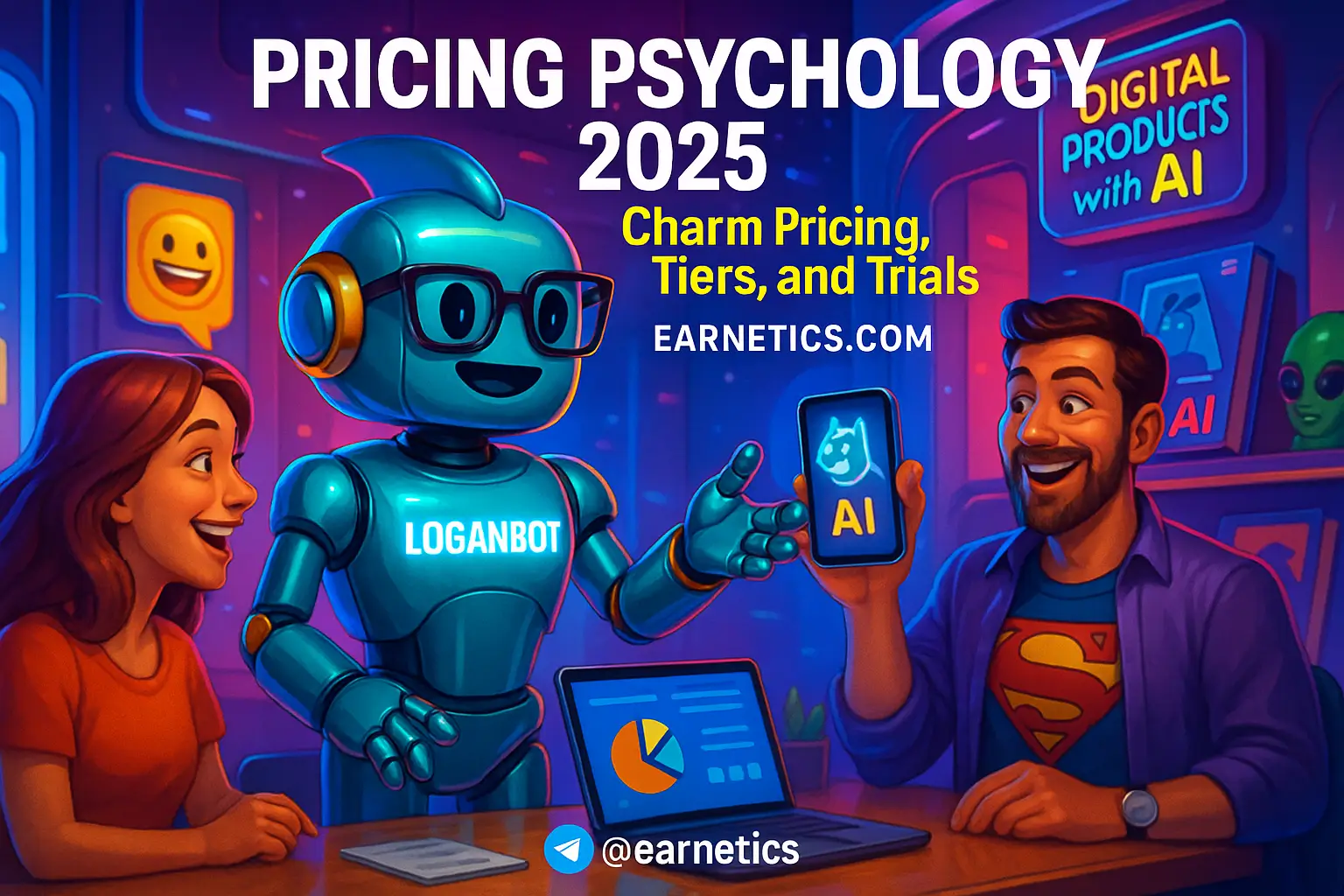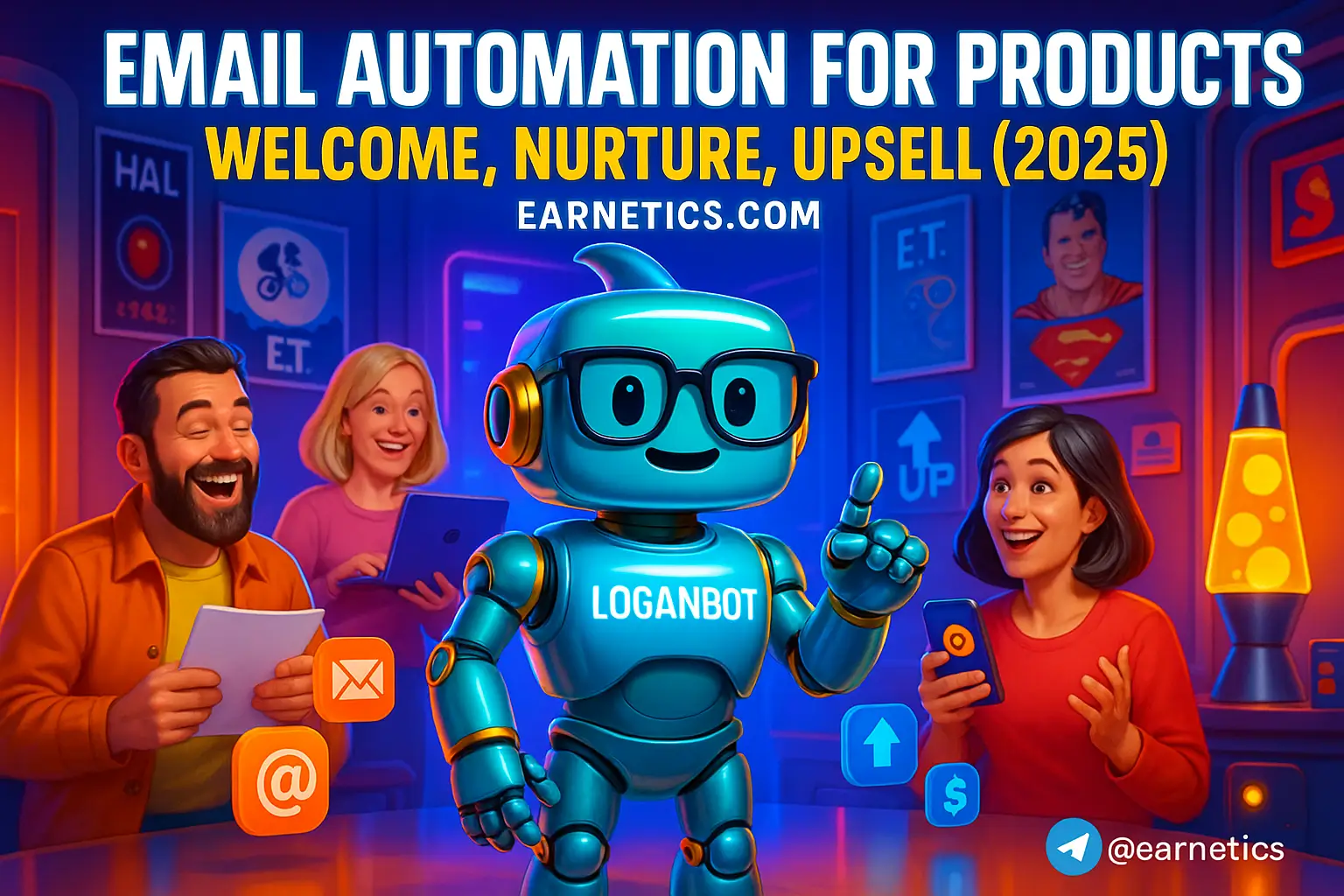Your Ultimate Guide to Template Shops in 2025: What to Launch and How to Price for Max Profit
Want to ride the next big wave in online income? Template shops in 2025 are exploding thanks to AI tools and smarter buyers, making this year a game-changer for creators like us. This shift means more opportunities and higher stakes.
In 2025, template shops are not just a side hustle—they’re serious business. With AI-powered design tools, fresh marketplaces popping up, and buyers expecting ready-to-roll, smart solutions, the landscape has evolved overnight. Demand is booming among creators hustling to streamline content, small business owners needing quick marketing assets, and creative agencies chasing efficiency. Plus, revenue potential is off the charts if you know what to offer and how to price it smartly.
In this article, I’ll walk you through exactly what templates to launch that buyers can’t resist, how to nail pricing without leaving money on the table, packaging secrets that boost average sales, and marketing strategies that actually work in 2025. Stick around—there’s a quick checklist and a clear pricing framework coming your way that you can start applying immediately.
Trust me, when I first dove into this arena, I scrambled to figure out what actually sells and how to avoid the newbie pricing trap. Now, I’m here to save you those headaches and fast-track your success.
Top Templates to Launch in 2025
AI-enabled templates
If you think AI is just a buzzword, think again. AI-enabled templates are the new cash cow. These include prompt packs for popular AI content generators, automation scripts that integrate with tools like Zapier or Make.com, AI-trained workflow templates, and chatbot UI designs ready to plug in. Why do these sell like hotcakes? Because they slash time spent on tedious tasks and help users jumpstart their projects faster. The adoption curve of AI tools means demand keeps growing — and buyers pay a premium for anything that lets them skip grunt work.
Niche industry templates
One size rarely fits all, and that’s where niche industry templates shine. Focus on vertical-specific packs like patient intake forms for healthcare, airtight legal contract templates for law firms, stylish restaurant menus, or finely tuned sales funnels for creators. These specialized templates appeal because buyers know they’re built with their exact needs in mind. Plus, industry relevance often means a willingness to shell out more—for features that boost conversions and compliance alike.
High-impact design templates
Templates that look sharp and pack a punch never go out of style. Think investor-ready pitch decks, financial models that impress but don’t confuse, cohesive brand kits, and social media content systems tailored for specific platforms. Pro tip: always include editable source files so buyers can customize easily, plus concise usage guides that turn your template into a plug-and-play powerhouse. This extra attention boosts perceived value and repeat sales.
How to Price Digital Templates in 2025
Value-based vs cost-plus pricing
Here’s the truth: pricing templates by just adding up your time and materials undercuts your potential. Instead, value-based pricing reigns supreme in 2025. This means pricing according to the buyer’s perceived value — how much time your template saves or revenue it could help generate. For example, if your template shaves off 10 hours of work, putting a premium on that saved time is fair game. Entry-level items might hover around $15 to $40, while premium, deeply customized packs can command $150 or more. Knowing your niche’s pain points and how your template eases them guides your price tags.
Pricing structures: one-off, tiering, and subscriptions
Don’t put all your eggs in one basket pricing-wise. One-off sales are common for simple templates, but offering tiered packages converts more. For instance, basic, pro, and agency tiers might differ by file formats, usage rights, and customization depth. Subscription pricing is the dark horse of the market — granting access to entire template libraries with regular updates hooks ongoing revenue and builds customer loyalty. Crunching subscription math is crucial: your monthly recurring revenue should cover ongoing support and future development.
Promotions, dynamic pricing, and psychological tactics
Discounts and sales tactics still work — but timing and method matter. Launch pricing creates urgency, while time-limited offers tap into FOMO (fear of missing out). Anchoring higher prices next to your main offer nudges buyers to spend more. Experiment with A/B tests on pricing and track conversion rates, lifetime value, and churn to tweak your approach. For instance, I doubled conversion by simply adjusting my launch discount window from 48 to 72 hours.
Packaging, Licensing & Deliverables
Bundle strategies that increase AOV
Bundles are your secret weapon for upping average order value (AOV). Cross-selling complementary templates, curated collections tied by theme, or mega-bundles that promise “everything needed” can snag bigger checks. Offer upsell flows that highlight savings clearly — for example, “Save 30% by bundling these 3 templates.” Calculate bundle pricing carefully to stay profitable and keep buyer perception in your favor.
Licensing models and legal clarity
Clear licensing reduces buyer hesitation and protects your work. Common tiers include personal use, commercial use, and extended or reseller licenses. Enterprise options with broader rights can fetch higher prices. Keep the legal jargon to a minimum — plain language, bulleted do’s and don’ts, and examples help build trust. Avoid vague terms that frustrate customers or leave you exposed to unauthorized use.
File formats, customization, and support expectations
Deliver more than just a file. Include source files (like PSDs, AI files), web-ready exports (PDF, PNG), easy installation guides, and short tutorial videos if possible. Buyers appreciate clear instructions and smoother onboarding. Define your support scope upfront — offer basic email support and set response times, but consider paid customization packages for those wanting hands-on tweaks. This sets boundaries and opens new revenue streams.
Marketing, SEO & Marketplaces for Template Shops
On-site SEO and content that converts
SEO for template shops isn’t just about stuffing keywords. Target long-tail phrases combining use-case, format, and target audience, like “Instagram story templates for photographers” or “legal contract template for freelancers.” Your landing pages should be neat and category-specific, using schema markup so search engines understand your product type. Supporting content like how-to guides, real-life examples of templates in action, and case studies attract organic traffic and boost trust.
Marketplace vs direct sales strategy
Marketplaces like Etsy, Creative Market, ThemeForest, and Gumroad offer built-in audiences but come with fees and limited brand control. I’ve walked the tightrope between them: marketplaces are great for discoverability and quick sales, but directing buyers to your own website creates better margins and customer loyalty long-term. Hybrid strategies that funnel marketplace traffic into your email list enable upselling and higher lifetime value.
Paid acquisition, partnerships, and community growth
Paid ads on Google and social channels targeting pain points work well if you keep an eye on cost per acquisition (CPA) benchmarks. Influencer partnerships or creator collaborations multiply reach authentically. Affiliate programs reward advocates, while engaging in niche communities builds a loyal base that trusts your brand. I’ve found that combining these growth tactics keeps momentum steady even when one channel falters.
Conclusion
So, what’s the bottom line with template shops in 2025? It’s about getting sharp on what to launch — AI-assisted kits, niche power packs, or high-impact design assets — and pricing them by real buyer value, not just your costs. Package your templates thoughtfully with clear licensing and bonus deliverables to build trust and increase your sales per customer. Then, master marketing channels like SEO, marketplaces, paid ads, and partnerships to reach hungry buyers ready to pay for quality.
Here’s a quick launch checklist for you:
1. Choose templates that meet clear market needs with AI or niche focus
2. Decide on value-based pricing and experiment with tiered or subscription models
3. Bundle products smartly and define simple but clear licenses
4. Deliver comprehensive files plus easy guides and responsive support
5. Optimize landing pages for SEO, leverage marketplaces, and plan paid plus community growth
Your 30-day roadmap? Launch a minimum viable product (MVP), test pricing models with your audience, and collect feedback. By 90 days, scale your most profitable channels and deepen relationships with buyers through content and education.
Final pro tip: track your unit economics religiously — know your customer acquisition cost (CAC) versus lifetime value (LTV) so you never sell yourself short. Keep iterating top-performing templates and invest a sliver of revenue back into buyer education to fuel more wins. The game’s evolving fast, but with these insights, you’re set to turn that template shop dream into a thriving business.
Explore more guides on Earnetics.com and sharpen your digital income game.
🔥 Don’t walk away empty-handed. When I hit a wall, automation saved me. My hidden weapon is Make.com — and you get an exclusive 1-month Pro for free.
👉 Tap into your free Pro month
💡 The smartest readers stop here… If this clicked for you, my free eBook “Launch Legends: 10 Epic Side Hustles to Kickstart Your Cash Flow with Zero Bucks” goes even deeper.


